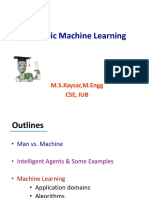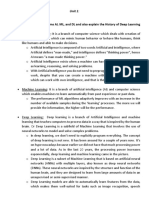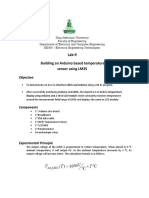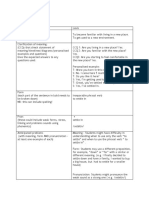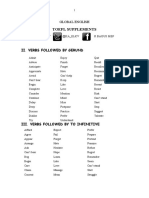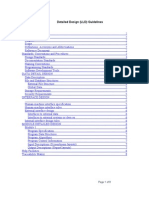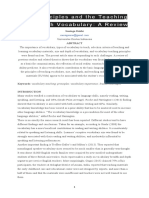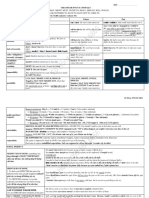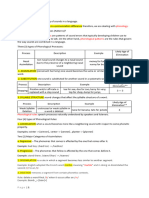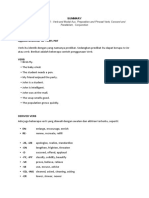90% found this document useful (10 votes)
2K views69 pagesDeep Learning Basics Concepts
The document discusses deep learning basics, providing an overview of what deep learning is, how it works using neural networks and optimization, and some of its practical applications in areas like computer vision, natural language processing, and games. It notes that while deep learning has achieved exciting progress in many domains, the most challenging questions around machine intelligence remain unanswered or not properly formulated.
Uploaded by
AlamCopyright
© © All Rights Reserved
We take content rights seriously. If you suspect this is your content, claim it here.
Available Formats
Download as PDF, TXT or read online on Scribd
90% found this document useful (10 votes)
2K views69 pagesDeep Learning Basics Concepts
The document discusses deep learning basics, providing an overview of what deep learning is, how it works using neural networks and optimization, and some of its practical applications in areas like computer vision, natural language processing, and games. It notes that while deep learning has achieved exciting progress in many domains, the most challenging questions around machine intelligence remain unanswered or not properly formulated.
Uploaded by
AlamCopyright
© © All Rights Reserved
We take content rights seriously. If you suspect this is your content, claim it here.
Available Formats
Download as PDF, TXT or read online on Scribd
/ 69



